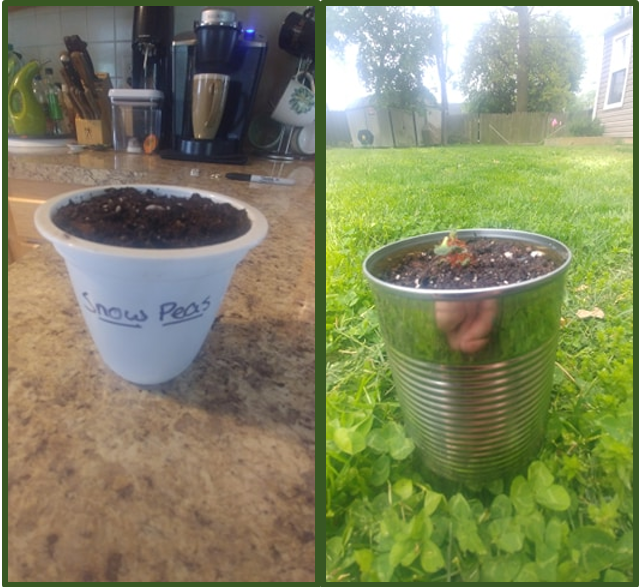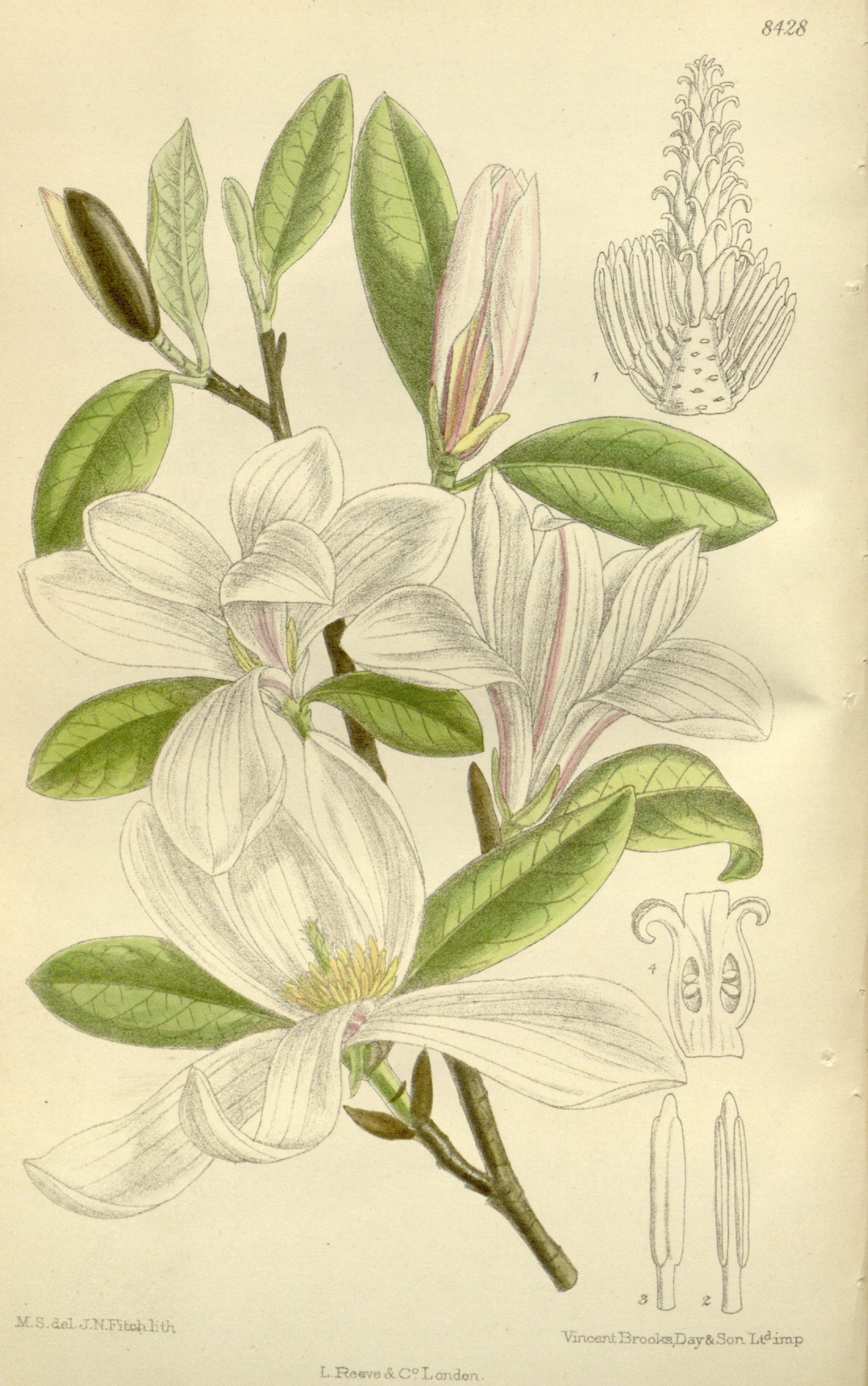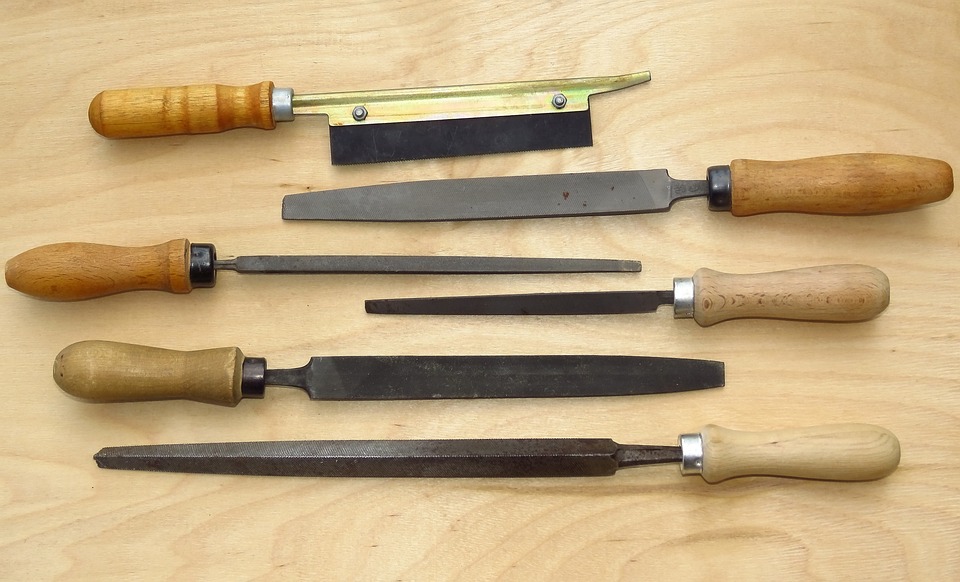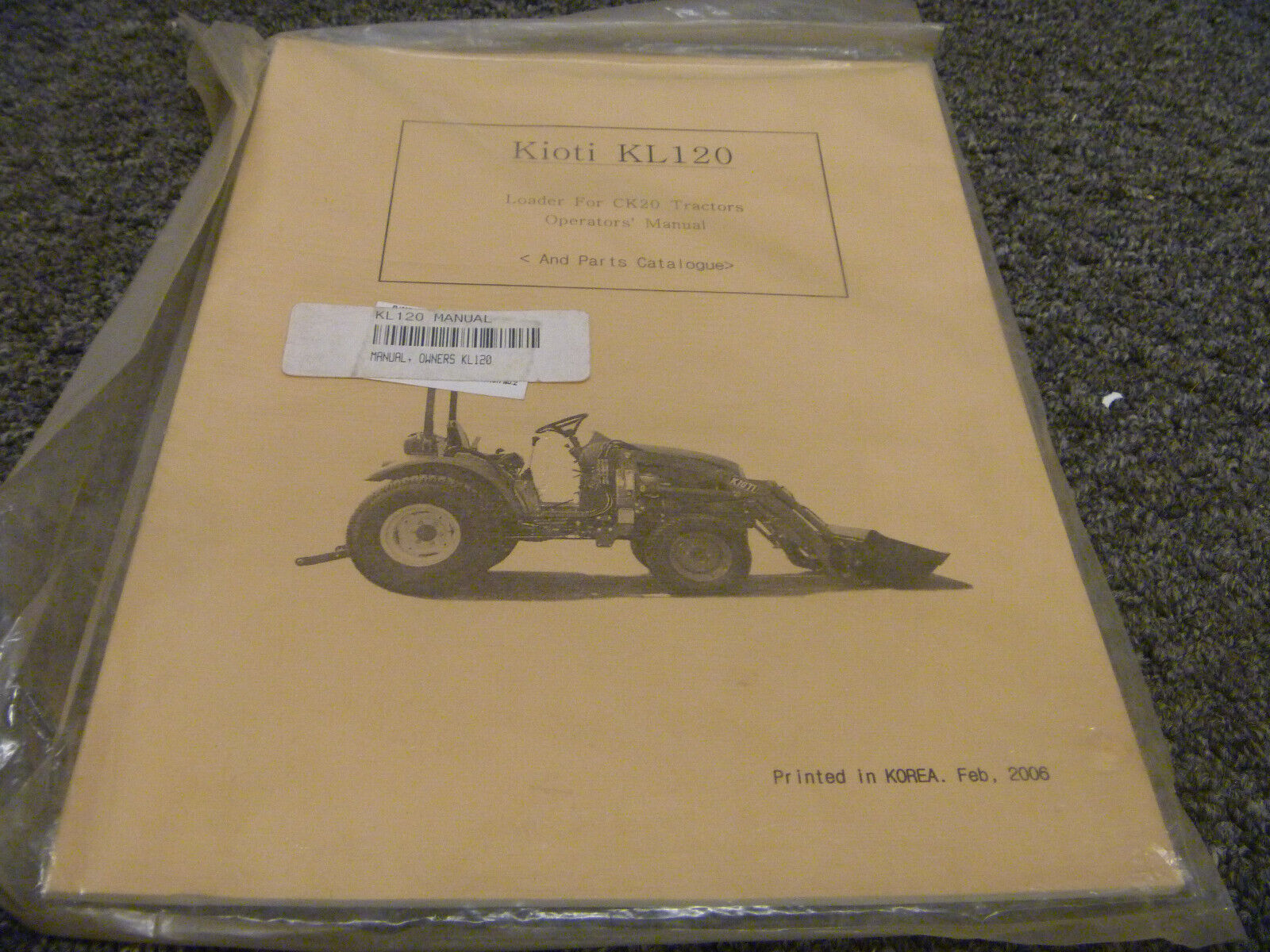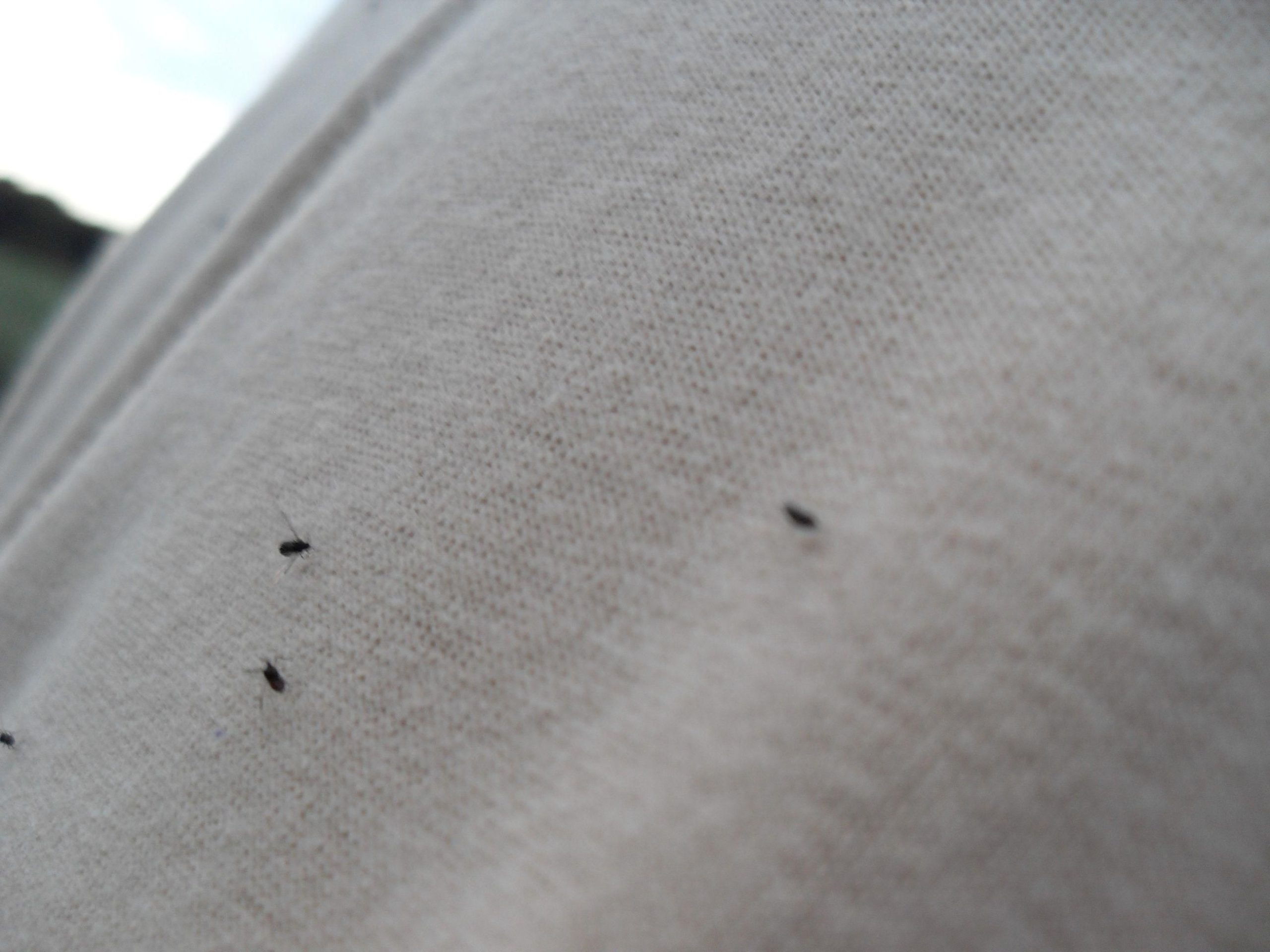Gardening can be lots of fun and very rewarding. You get to plant little seeds in the ground, and if you’re lucky, watch them grow into big plants with lots of flowers, fruits, or vegetables. Your green thumb can help your plants to grow and that is a nice reward. But along with your planting comes a need to prune, thin out, and cull as well as get rid of the spent plants.
Should this all go in the garbage can to be hauled to the landfill. Well, the diseased plants and the weeds should, but everything else can go in your very own compost pile or bin. Composting is an excellent way to take care of your garden pruning, tree trimmings, grass clippings, and even kitchen scraps.
There are two good reasons why you should be composting your scrapscomposting your scraps .
It keeps the kitchen and yard waste out of the landfills where it has a hard time breaking down with all the plastic and other non-compostable stuff around it.
Composted scraps decompose and turn into a gardener’s secret weapon for next year’s crop… “black gold”. This nutrient-rich compost is just what your tired topsoil needs and is the perfect way to keep the cycle of life going.
To start composting, you use a bin or two, rather than open piles. Bins help the piles to heat up quicker and longer, which helps the waste to decompose faster. Plus, closed bins discourage little critters from coming along and feasting on all the goodies that make up your compost.
You can find a compost bin at your local garden store or online, and while they tend to be on the expensive side, they may make you some good compost faster. You can also make your own compost bins with instructions you can fine online or using your own imagination. You can even drill some holes in a plastic garbage can for aeration and use that. When it’s time for the pile to be turned, fasten the lid down with a bungee cord, lay it on it’s side and roll it around some.
Once you have your compost bin, you need to create a pile of brown, green, and soil with manure. Brown is Dead leaves, prunings, spent plants, smallish twigs. Green is Veggie scraps, crushed egg shells, coffee grounds, used tea bags from the kitchen.
Bones and other meat leftovers should not be in your compost pile because they attract wildlife.
If your compost pile smells, then you need to adjust the amounts of what you have in it. The rule of thumb is to add equal amounts of the brown, green, and dirt. When you throw something on the pile, like peelings from your potatoes and carrots, plus the broccoli your son refused to eat, then add some dirt and brown leaves as well.
It might take a little time for your compost to break down, so you might want to have two bins going. One will be the bin that is older and is busy turning into compost, the other is a bin for the newest stuff.
About the Author:Once composting your scraps is ready, you will know it. It will have a dark color, smell good, and look like the best top soil you have ever seen. Go ahead and spread it around your plants and garden and just watch it grow. Compost is a natural fertilizer that your plants will love.
